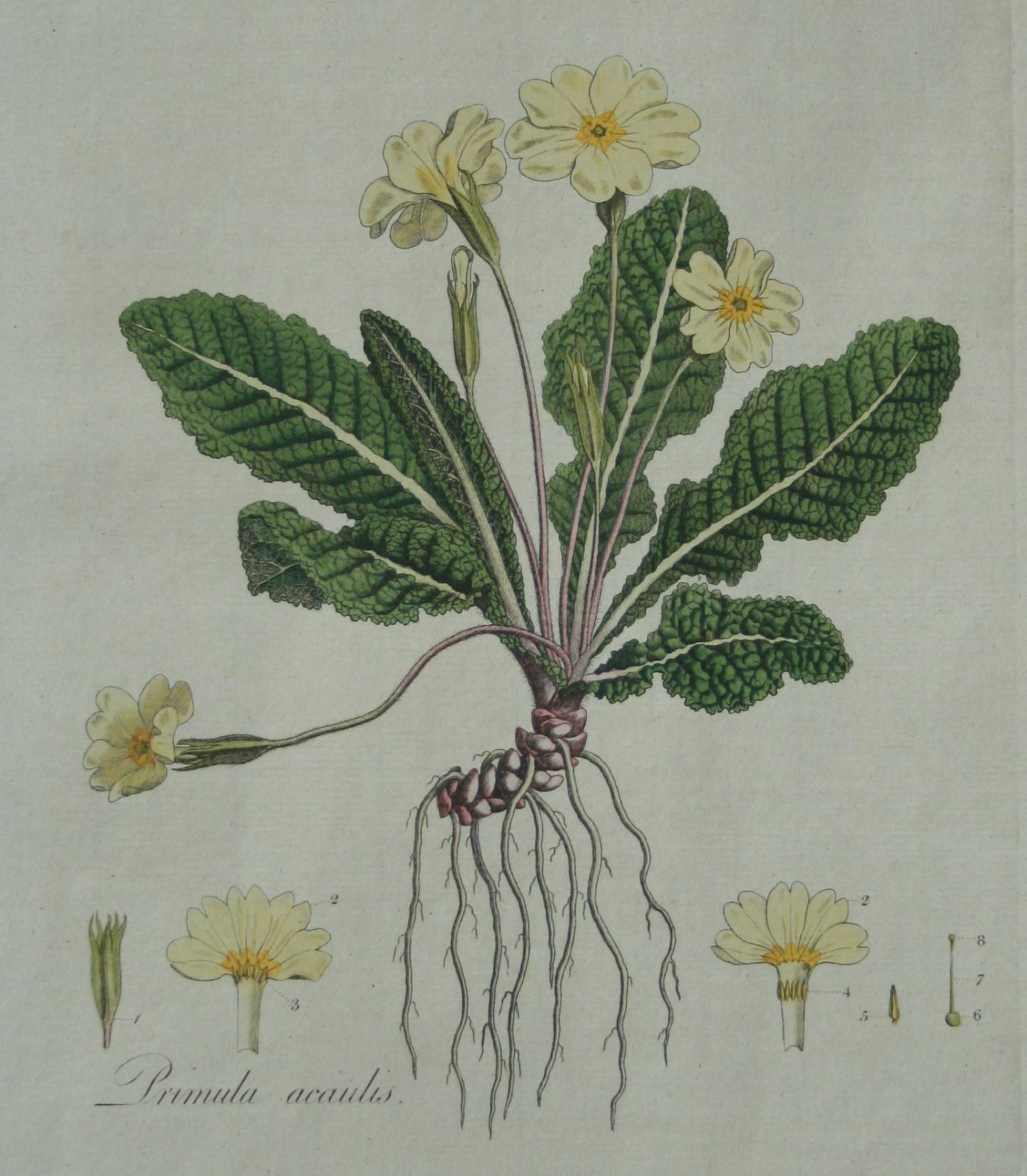
Credit: University of East Anglia
Plant scientists at the University of East Anglia have succeeded in unravelling the complete genome sequence of the common primrose — the plant whose reproductive biology captivated the Victorian naturalist Charles Darwin.
The research team has identified, for the first time, the landscape of genes which operate within the primrose’s two different flowering forms that are involved in the reproductive process. This adds fresh insight to a puzzle that scientists have been grappling with for over 150 years.
Primula vulgaris plants flower in one of two ways; they either have a long style and low anthers, or a short style and elevated anthers — known as pins or thrums. Darwin was intrigued as to why some species, such as the primrose, develop two different forms of flowers, and devoted a whole book the subject. He concluded from his studies that they provided a mechanism to promote outcrossing between individuals.
More recently, a cluster of genes known as the S (Style length) locus have been shown to be the control centre for the development of the flowers. This S locus is absent from half the individuals of this species, this cluster switches some genes on and others off, giving different patterns of gene expression in pin and thrum flowers.
The UEA team, based at the neighbouring genome focused Earlham Institute, has previously sequenced the S-locus and described aspects of its evolution. The new paper, published in Scientific Reports, describes the full sequence of the P. vulgaris genome and shows that the S locus controls hundreds of genes across the genome. The team also identify genes that are activated in its absence, in the pin form of the flower.
“We started many years ago with a packet of seeds and a vision to understand the molecular genetics and developmental biology of the reproductive system Darwin described in 1862.”, says Philip Gilmartin, of the University of East Anglia and Earlham Institute, whose fascination with primrose biology has been a career-long pursuit.
“Completion of the genome sequence paves the way to identify the genes that are regulated by the S locus, and adds more pieces to the puzzle. A long line of scientists, from Darwin in the 1860s through Bateson in the early 1900s, to Haldane and Fisher in the mid 1900’s have been gripped and we continue to unravel the mystery piece by piece.”
The team aim to continue their investigations, and to understand how the two different architectures of pin and thrum flowers are orchestrated by the S locus and the genes that they regulate. They are also collaborating with researchers in Japan investigating a similar mechanism in buckwheat, the only crop plant with these two distinct forms, to see if there are similar genomics at work.
###
‘Primula vulgaris (primrose) genome assembly, annotation and gene expression, with comparative genomics on the heterostyly supergene’ is published in the journal Scientific Reports on Tuesday, December 18, 2018.
Media Contact
Lisa Horton
[email protected]
44-016-035-93496




